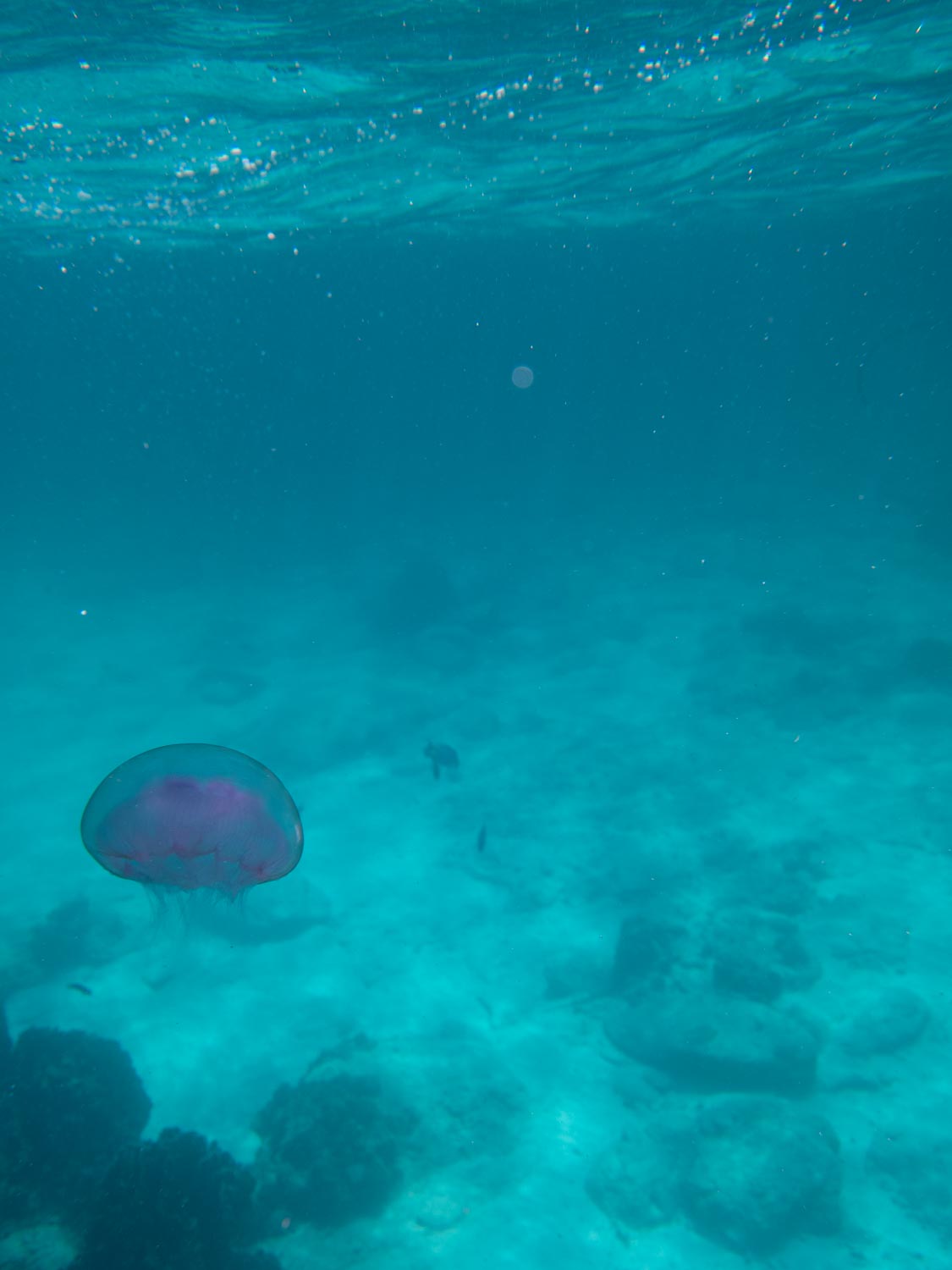
Jellyfish season in Thailand, a seasonal phenomenon of the seas.
Thailand
Thailand’s pristine beaches and coastal regions are renowned for their natural beauty and biodiversity. Among the seasonal occurrences that capture attention is the arrival of jellyfish blooms, a fascinating yet cautionary event in the marine environment. Understanding jellyfish season in Thailand can help beachgoers and enthusiasts prepare for and appreciate this natural phenomenon.
Time
Timing of jellyfish season. Jellyfish season in Thailand typically coincides with the monsoon months, spanning from May to October. During this time, warmer waters and changes in ocean currents lead to increased jellyfish activity. These conditions are conducive to jellyfish blooms, where large groups of jellyfish gather near the shorelines.
Regions
Regions affected. While jellyfish can be found along much of Thailand’s coastline during the season, certain areas are more prone to larger blooms.
Gulf of Thailand
Regions such as Pattaya, Hua Hin, and Koh Samui often experience jellyfish activity during this period.
Andaman Sea
Locations like Phuket, Krabi, and Koh Phi Phi might also see jellyfish, although their presence varies depending on local water conditions.
Types
Types of jellyfish during the season. The jellyfish species that appear during the season include a mix of harmless and dangerous varieties.
Moon jellyfish
Common and largely harmless, their stings are mild.
Box jellyfish
Highly venomous and requiring serious caution.
Sea nettles
Known for their characteristic tentacles, their stings can cause discomfort.
Precautions
Precautions for beachgoers. Jellyfish season is not necessarily a deterrent for beach visits, but it calls for certain precautions:
Pay attention to warnings: Local authorities often post notices about jellyfish activity.
Protective measures: Stinger suits or rash guards can minimize exposure during snorkeling or swimming.
First aid readiness: Carry vinegar or know the location of nearby medical facilities in case of stings.
Significance
The ecological significance. While jellyfish blooms may pose challenges for recreational activities, they are an important indicator of marine ecosystem changes. These blooms can reflect shifts in ocean temperatures, pollution levels, and even overfishing,all factors that influence jellyfish populations.
Conservation
Balancing tourism and conservation. Thailand’s jellyfish season provides an opportunity to educate visitors about marine biodiversity and environmental conservation. Responsible tourism practices, such as avoiding direct contact with marine life and supporting local conservation efforts, can help protect the delicate balance of the ocean ecosystem.
Whether you’re a traveler drawn to the beauty of Thailand’s beaches or a local enjoying the coastal charm, jellyfish season reminds us of nature’s complexities and the need for coexistence. By staying informed and taking precautions, jellyfish season can be both a safe and enriching experience.
